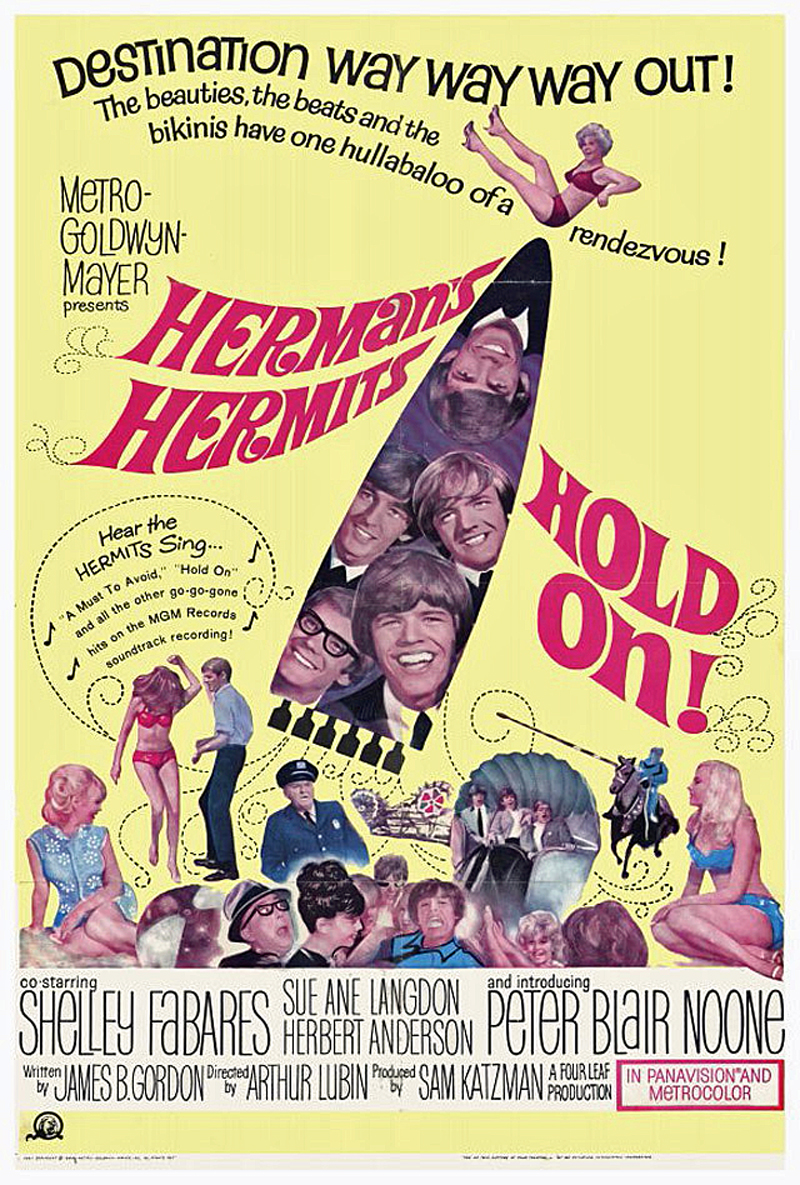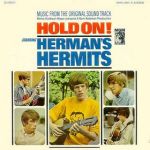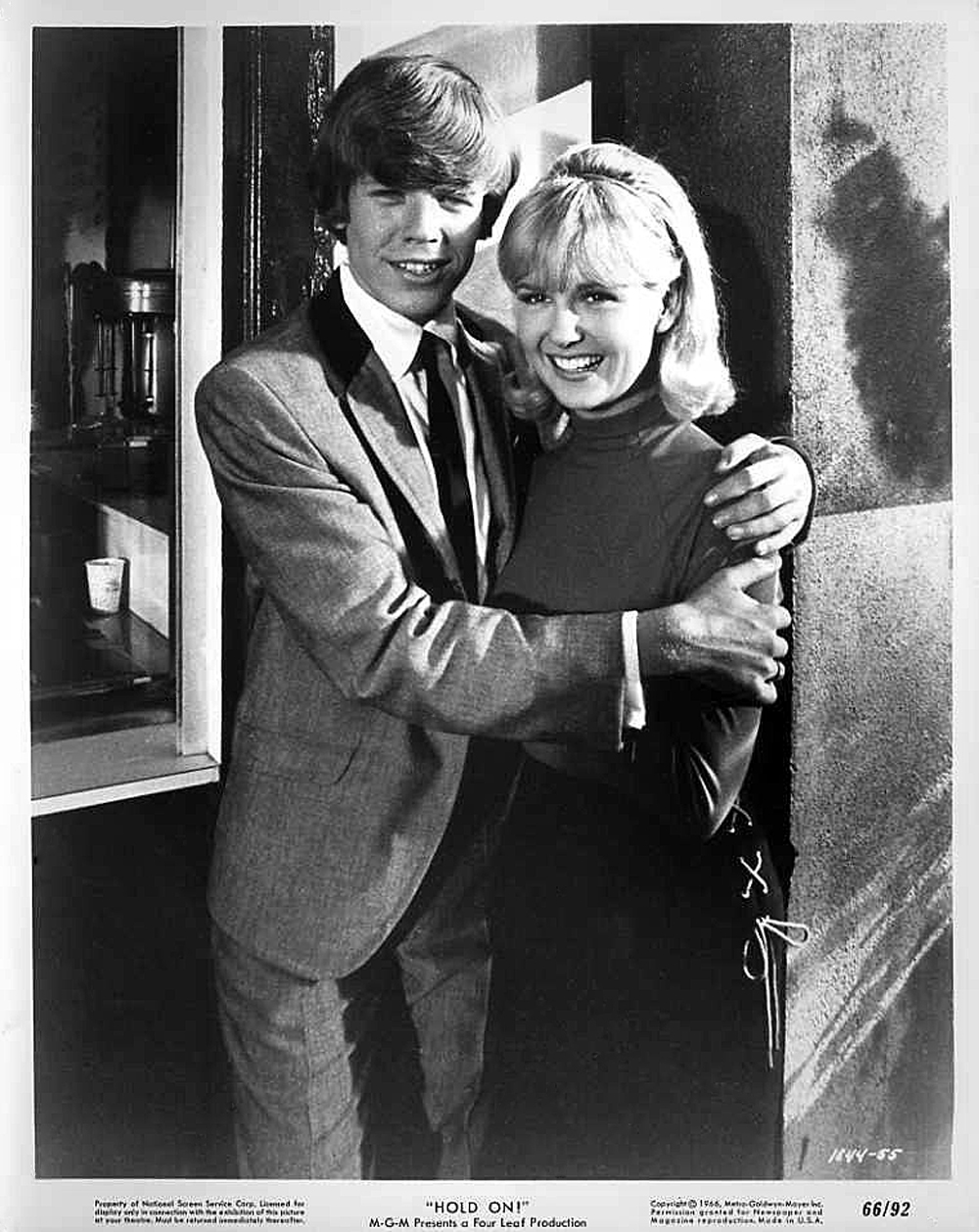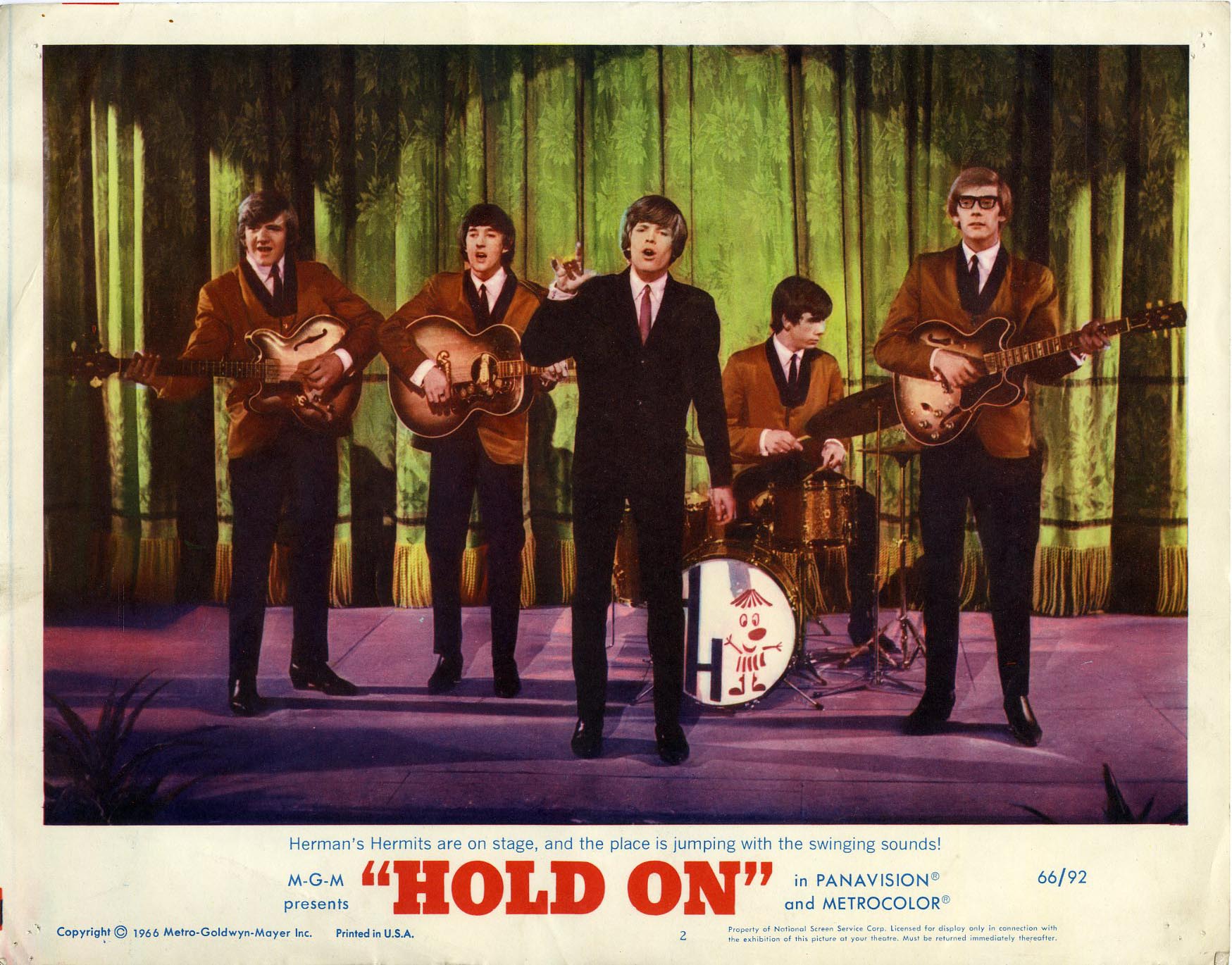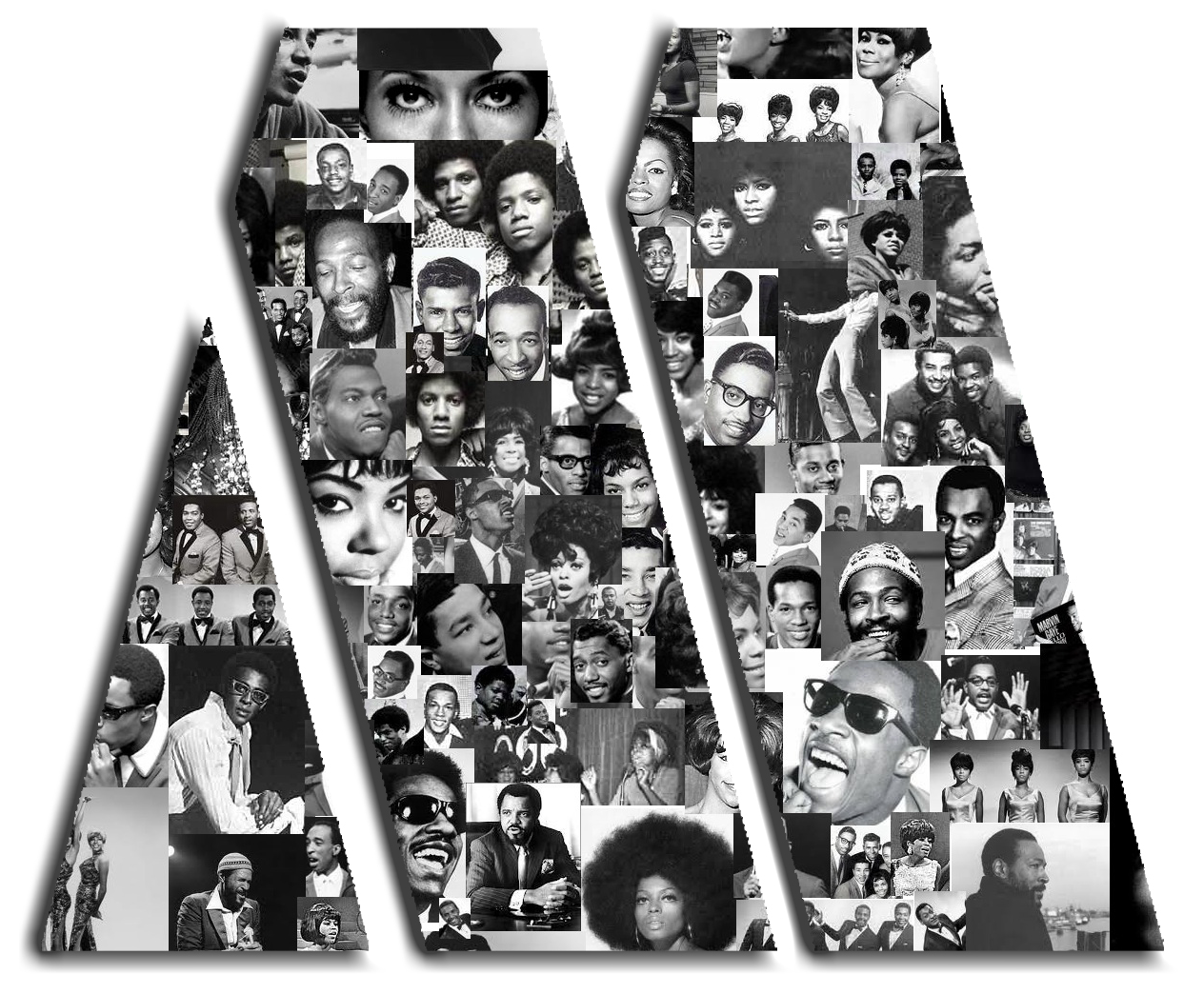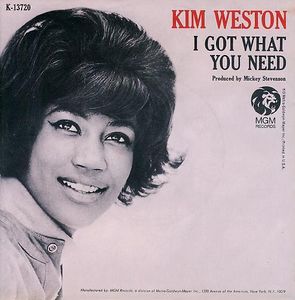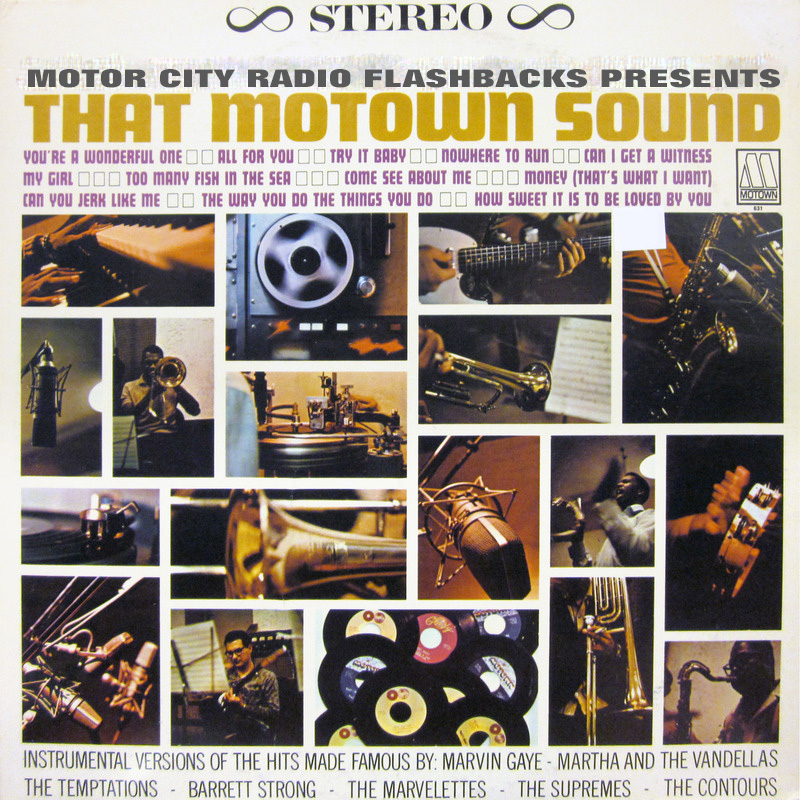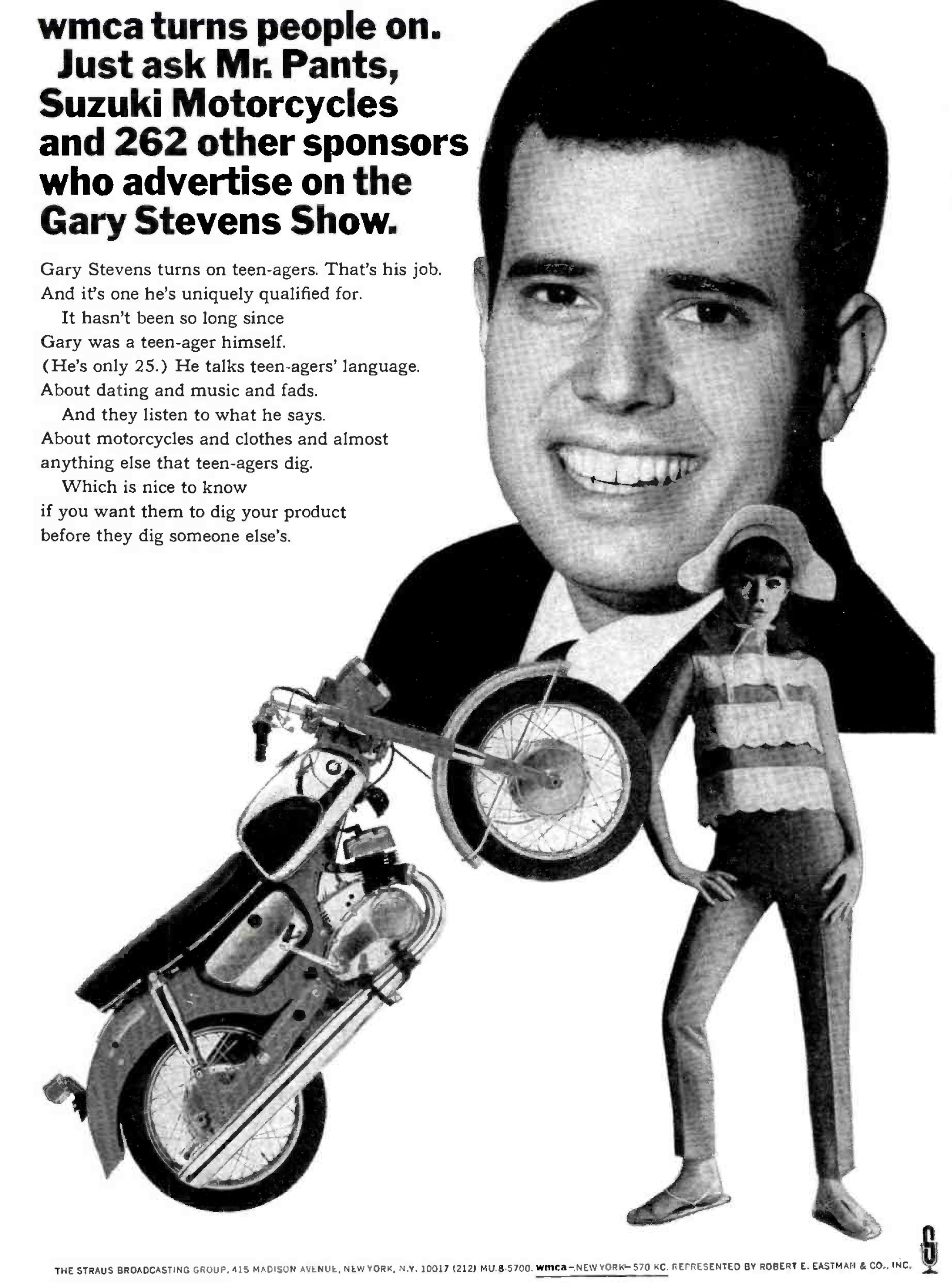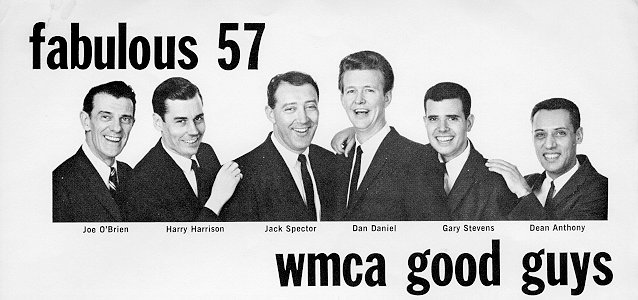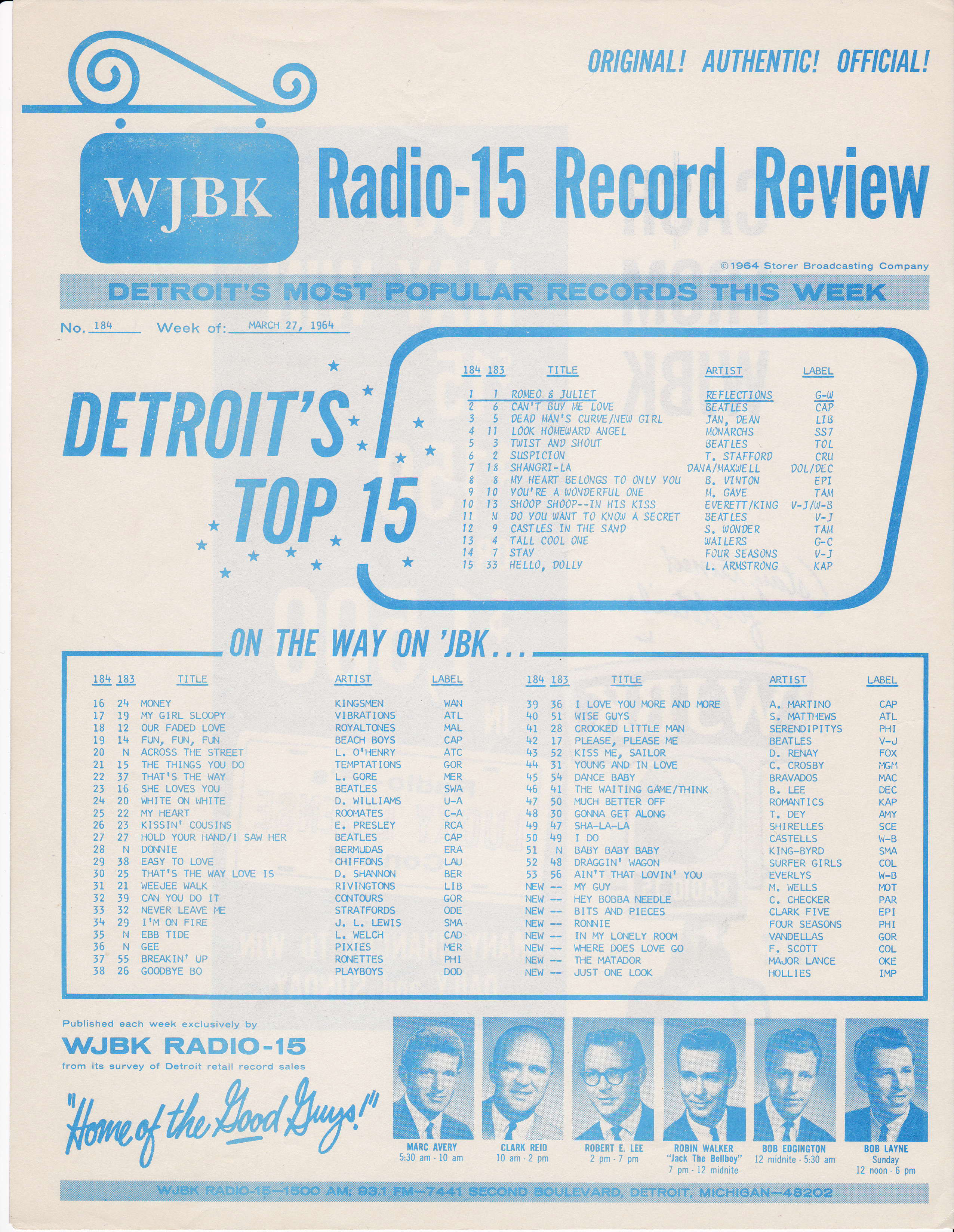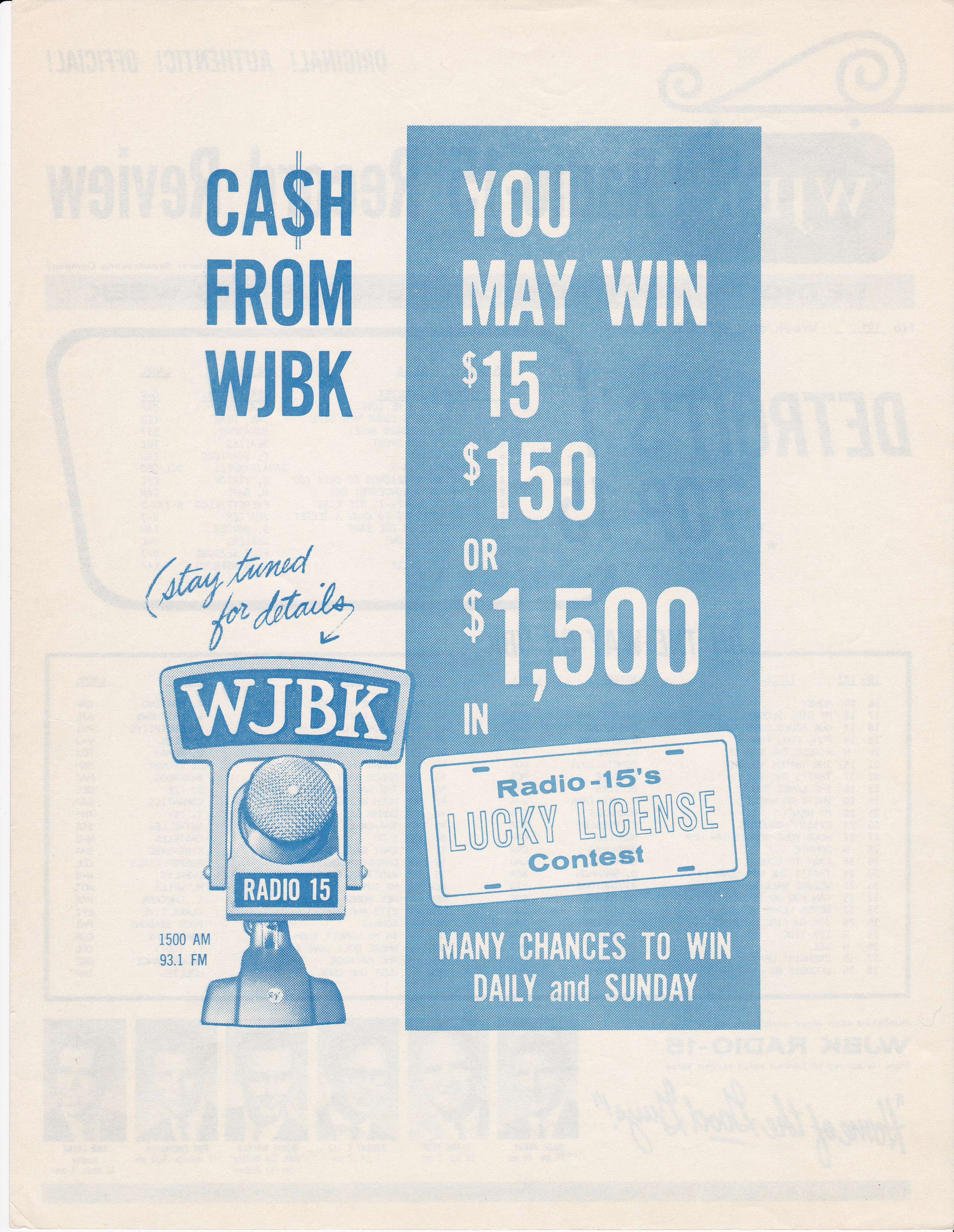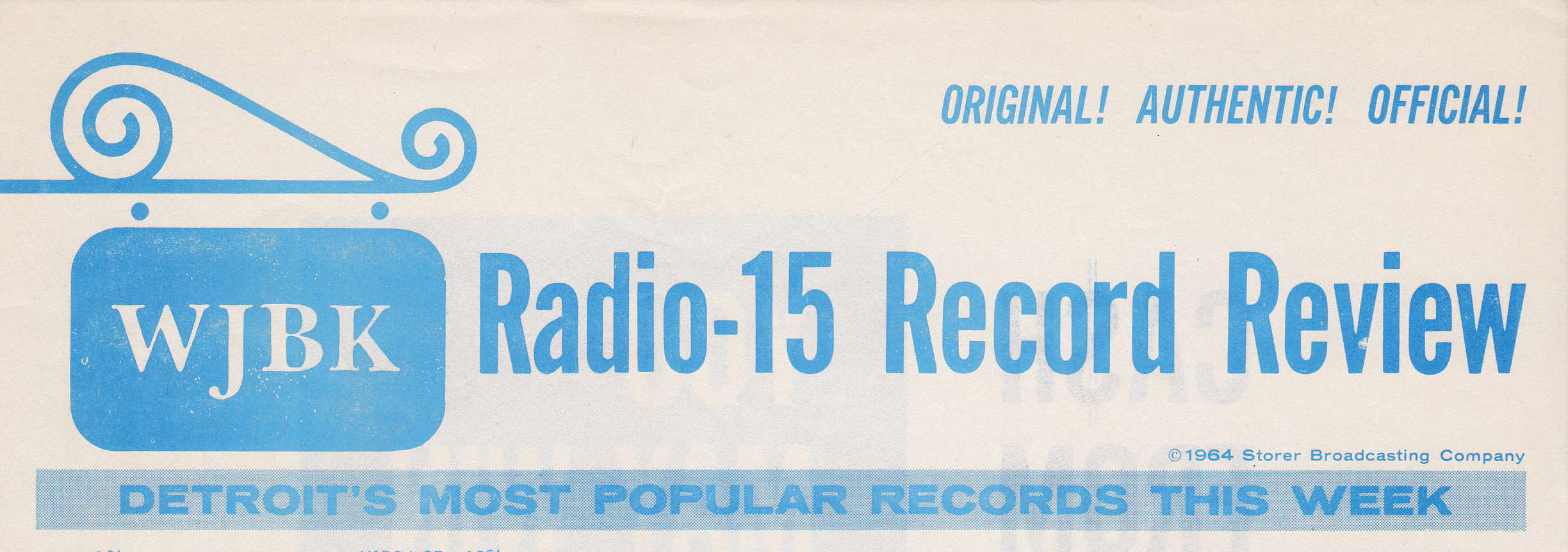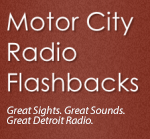 From The MCRFB news archive: 1970
From The MCRFB news archive: 1970
BILLBOARD ANNUAL RADIO PROGRAMMING, JUNE, 1970
‘RIOTS CARRY OVER INTO MUSIC’
NEW YORK — Because of a generation gap — a big one that’s highly evident in music today — the major problem in Top 40 radio could be in pinpointing the audience and programming accordingly, said Michael Joseph, one of the nation’s leading programming consultant and an authority in audience flow characteristics of various markets. Joseph spoke on “Trends in Contemporary Music Programming — The need To Know Your Audience.”
Pointing out that among the 40 radio stations he has reprogrammed were 18 Top 40 stations, 7 easy listening stations, variety stations, talk and news, he said there cannot be a ‘Mike Joseph’ format because “every market is different. So are the people. So is the competition. Each sound has to be custom-tailored, its population, to its music, news and information needs and wants, and counter-programmed against every competitor and according to the audience flow in the area.” Even his 18 rockers, he said has a different approach, format and sound.
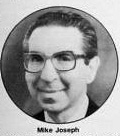 Between 1952-55, Joseph said he was program director of a highly-rated CBS station . . . and those were the days when every CBS affiliate was No. 1 at least 45 per cent of the audience. Joseph said he saw the handwriting on the wall and went into Top 40, as former radio giants were being sliced up by Storz Broadcasting and McClendon owned-affiliated Top 40 stations. The old affiliated stations were living on its laurels, living in the past, still convinced they were No. 1 when it was no longer true, he said.
Between 1952-55, Joseph said he was program director of a highly-rated CBS station . . . and those were the days when every CBS affiliate was No. 1 at least 45 per cent of the audience. Joseph said he saw the handwriting on the wall and went into Top 40, as former radio giants were being sliced up by Storz Broadcasting and McClendon owned-affiliated Top 40 stations. The old affiliated stations were living on its laurels, living in the past, still convinced they were No. 1 when it was no longer true, he said.
Some Trouble
“Today, the contemporary and middle-of-the-road stations are in the same situation as these network stations were 15 years ago,” Joseph said. “You talk to the owners, management, and program people of these stations which had a third to a half of their market’s share 10 years ago, and you will find most of them are traditional in their thinking, living with their old glories and are ignorant of what’s happening in their markets, with their competitors, and especially with the music,” while their share of their audience has dwindled away. Just as Top 40 took away their audiences of the traditional stations, their own audiences are being eroded with all-talk, all-news, country music and soul music stations. Music stations are in trouble, he said, but “as a consultant, I learned never to give a criticism without a cure.”
He recommended surveying the market extensively, knowing the audience, programming the station according to the audience flow and against all the competitors, not just the “guys in your particular bag.”
Going into a city to work on a particular radio station, Joseph said he holes up in a hotel armed with all of the ratings available and transistor radios, then spends anywhere from two to six weeks listening and keeping a log on each station. Next, he visits the Chamber of Commerce and meets with business men to find out the makeup of the market and gather data precisely when people are at work. He said he has “found out, that in most markets there is no such thing as prime time or drive time, as agencies would lead us to believe.” When he was revamping (then WKMH) WKNR in Detroit in 1963, he discovered that the four major automobile plants alone had 170 different work shifts and he remembered another that has as many workers at home or in their cars at 10 a.m. as it had in 5 p.m.
Riots Show
And last month’s Cambodia riots pointed out the difference between college students and New York’s construction workers . . . this type of friction carries over into music, too. “When I programmed a station in Toledo last year, the rockers were low in ratings. I found out why immediately; there was a tremendous white backlash against rhythm and blues. The rockers were sounding like soul stations. I went in without a single soul record and the station skyrocketed from ninth to second within five days.” The reason, Joseph said, is that most of Toledo’s white work force came out of the South 20 or more years ago, while the Negro population was only 9 per cent. But when reprogramming WKNR in Detroit, he played a lot of soul. “Keener was the first white rocker to go Motown,” he said, because Detroit is 50 per cent Negro. His Philadelphia study showed the city to be conservative, so he programmed WFIL with a clean, well balanced adult-sound with little emphasis on soul because Philadelphia is well integrated. “Detroit Negroes think black, Philly Negroes think white,” he said.
‘Rapped Programmers’
He criticized Top 40 radio stations that program teen features and acid rock, hop promos, teen spots and contests mid-mornings when every student is in school. Teen-influenced programmers have taken over and, because they do hops and talk to the kids all of the time, they live and work in a teeny world. “Start communicating with the adults again,” he suggested. “You’ve lost them, and since we do play the numbers game, we must remember that the adults are still the majority.”
The radio industry also needs “basic rock” back in music. “The simple beats and simple lyrics need to return,” he said. “Top 40 music has become too experimental and too technical and lost the majority. You are catering to a majority, and as a result, it has become a minority appeal sound.” He pointed out the popularity of oldies and that the rock ‘n’ roll revivals were no fluke . . . the kids are going to the root of it all.”
He also felt that the teen of today was much smarter and more sophisticated and more involved than 10 years ago and they had to be treated as equals by on-the-air personalities.
In the flood of eager questions which followed his speech on “Trends in Contemporary Music Programming,” Michael Joseph said the “drive time” was growing in its importance to radio programmers. Joseph said that in many cities, because of staggered hours and a multitude of other factors, the drive time market has developed into a virtual 24-hour market.
He noted too that middle-of-the-road radio is undergoing a gradual but definite change and urged both program directors and station managers to work toward halting the erosion in the format.
In answer to a question from the audience, Joseph said that the record sales percentages used in making up his station’s playlist were culled in it’s entirety from record stores and one stops. END
(Information and news source: Billboard; July 11, 1970).
MCRFB NOTE: For previous Mike Joseph entries linked to Motor City Radio Flashbacks, you may go HERE, HERE, HERE, and HERE.
![]()

